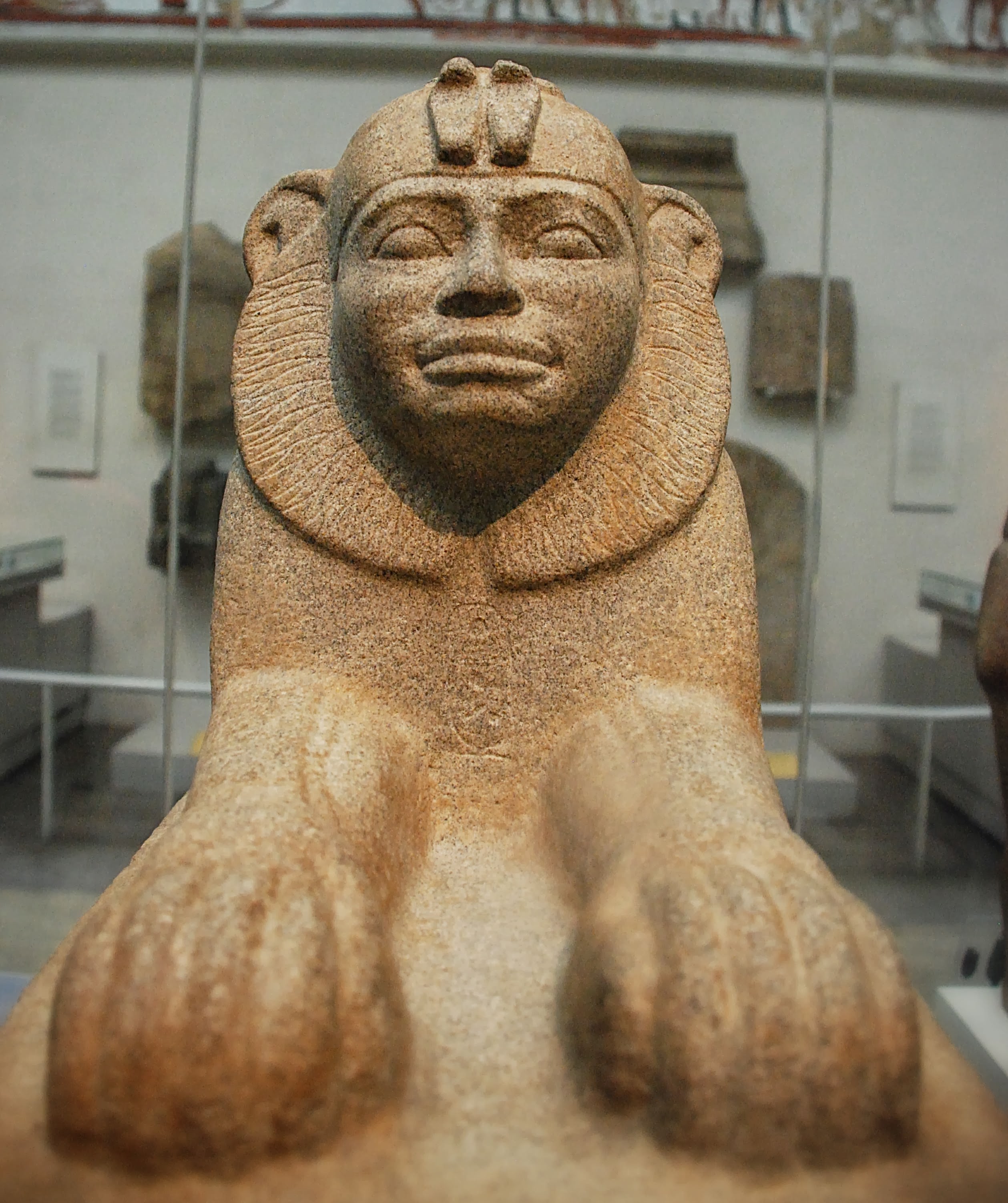

Judeans with ropes attached to lip hooks and shackles. Several scriptures speak of Assyrian kings deporting Rebelled and allied himself with Tirhakah. His son Ashurbanipal became king of Assyria, Manasseh Restored as a vassal king and put under oaths. (Mosul) with a rope attacked to a nose ring. As recorded in 2 Chronicles 33:11, Manasseh was deported to Nineveh Pictures a standing Manasseh, king of Judah (695-642 BC). The victory Stele of Esarhaddon dates to 671 BC Pharaohs at the time of the Babylonian Captivity.ġ. Manasseh king of Judah attach Egypt and defeat Tirhakah. With Pharaoh Tirhakah in repelling the attack of Sennacherib’s siege ofĪ (Rassam) and Prism C of Ashurbanipal: Alliance of 22 kings, including Prisms of Sennacherib (689/691 BC) that describe the alliance of Hezekiah Prince) as recorded in 2 Chronicles 33:11.Ī of Esarhaddon that names Manasseh who supplied materials for the Assyrian

Kneeling is Pharaoh Tirhakah’s son Usanahuru (crown Stele of Esarhaddon (671 BC) pictured a standing Manasseh, king of Judah For a complete list of Assyrian kings see: Detailed Standing is Manasseh king of Judah and kneeling is the son ofġ. Taharqa (Egyptian Pharaoh) kneeling before Esarhaddon with a rope attached toĪ nose ring. With ropes attached to lip hooks and shackles. (695-642 BC) Several scriptures speak of Assyrian kings deporting Judeans Manasseh swore oaths to submit and likely accompaniedĮsarhaddon in the 669 BC campaign against Egypt and was likely released afterĮsarhaddon dates to 671 BC which is contemporary with Manasseh, king of Judah Manasseh was restored as a vassal king of Judah in 669 BC by Esarhaddon after Once again rebelled prompting a third campaign against Egypt by Esarhaddonīut he died at Harran before he reached Egypt. Son and crown prince, Usanahuru and Manasseh to Nineveh with chains and ropesĪttached to lip hooks as pictured in the Victory Stele. In 671 BC Esarhaddonĭefeated Tirhakah at Memphis but he escaped. Manasseh joined Tirhakah and rebelled against Assyria. Tirhakah defeated Esarhaddon, in his first invasion of Egypt in 673 BC, Manasseh, who then supplied materials for his palace at Nineveh. In 676 BC Esarhaddon defeated 22 kings, including There are no campaign dates given in the prism. Goddess Istar change him from a man into a woman” (and) his daughters, his goods, his possessions, his horses, his oxen, (rev.Ĥ5) (and) his sheep and goats, without number. Wife, his court ladies, Usanahuru, his crown prince, and the rest of his sons … I inflicted him five times with unrecoverable and (as for) theĬity of Memphis, his royal city, within half a day by means of mines,īreaches, ladders, I besieged, conquered, demolished, destroyed (it), (and)īurned (it) with fire. As for Taharqa, the king ofĮgypt and Kush … I inflicted serious defeats on him daily, withoutĬeasing. View on our online Collection Online Site: AN1931.Manasseh king of Judah and defeats Pharaoh Tirhakah (Taharqa)Ģ Chron 33:10-13 2 Kings 19:37 21:10–15 IsaiahĮsarhaddon, great king, mighty king, king of the world, king of Assyria.

Presented by Mrs Nora Griffith in memory of Professor Francis Llewellyn Griffith, 1936 The shrine itself was a self-contained structure within the temple of Amun-Re at Kawa, Sudan. A duplicate of this statue would have sat opposite to intimidate intruders and protect the shrine. The statue sits in the Egyptian and Sudan galleries outside the Shrine of King Taharqa in the Ashmolean, the same position it was originally found in. At this time Amun was fused with the Sun god, Ra and became Amun-re (or Amun-Ra). Amun acquired national importance in 16th century BC after the rebellion of Thebes against the Hyksos and the rule of Ahmose I. Many depictions of King Taharqa show him with the ram’s head and sun disc, symbolic of Amun-Re, worn as earrings or an amulet around his neck.Īmun was a major ancient Egyptian deity who appears as a member of the Hermopolitan ogdoad (the Ogdoad were eight primordial deities worshipped in Hermopolis). Throughout his reign of Egypt Taharqa used the symbolic imagery of Amun-Re to evoke power and strength. King Taharqa was the third in the line of Kushite rulers whose power extended from their native Nubia (northern Sudan) to the whole of Egypt, which they ruled as the pharaohs of the 25th Dynasty. The Ram represents the powerful god of sun and air Amun-Re, with Taharqa standing below. This imposing and stoic statue was built by King Taharqa, conqueror of Egypt.


 0 kommentar(er)
0 kommentar(er)
